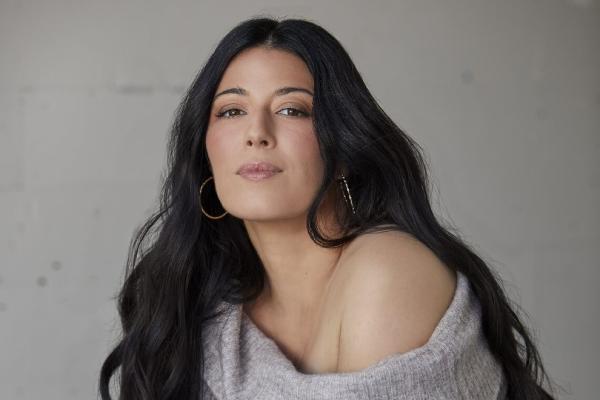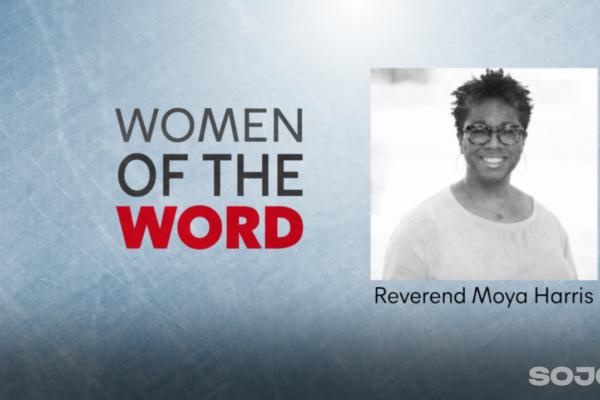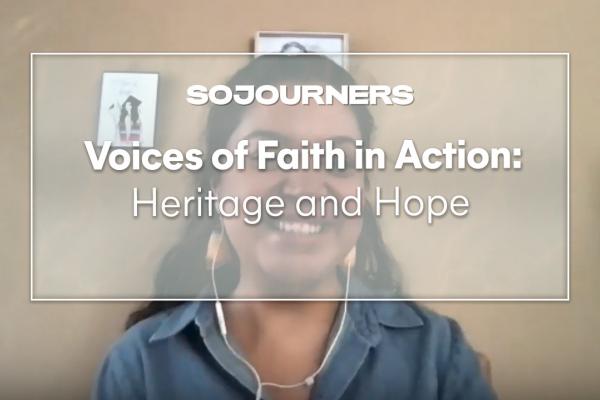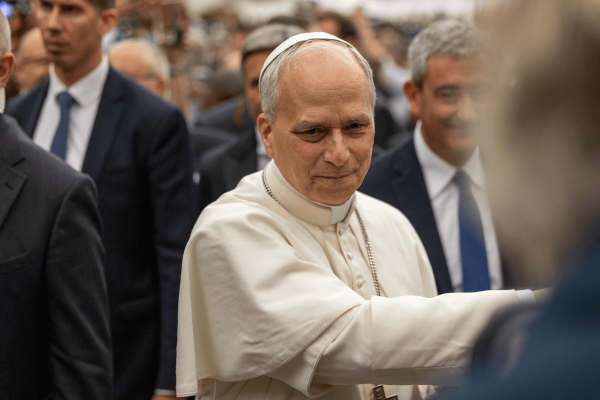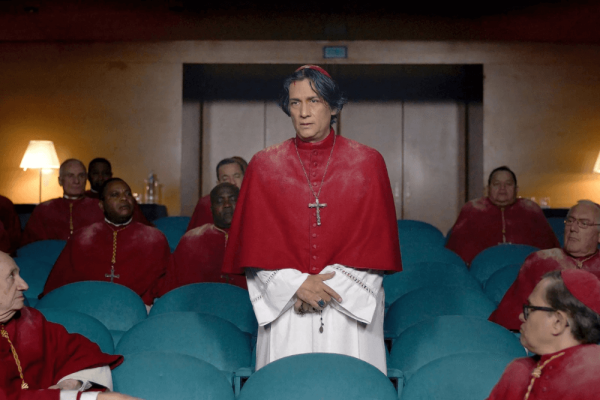While many are either casually intrigued or cruelly judgmental of Marie Kondo’s approach to tidying, most have not taken the time to understand her method and its religious underpinnings.
Marie Kondo’s method landed in the U.S. in 2014 when her bestselling book The Life-Changing Magic of Tidying Up: The Japanese Art of Decluttering and Organizing was translated into English. This month, she brought the insights of her bestseller to the screen with the Netflix series Tidying Up with Marie Kondo.
In one episode, Kondo helps a widow named Margie process the grief of losing her husband and pursue her self-avowed goal of starting a new chapter in her life. The process hits a snag, however, when Margie pushes back on Kondo’s seasoned wisdom for tidying. Kondo prescribes a methodical order to move through a household and decide what to keep: clothes first, then books, papers, miscellaneous items, and lastly sentimental items.
After Kondo guides her to tidy her books for the second step in the KonMari method, Margie interrupts Kondo’s help, protesting that she wants to begin with her late husband’s clothes (sentimental items) instead of following Kondo’s advice. “I understand,” Kondo says after hearing Margie’s emotional protest, “Let’s shift the rules for you, Margie.” Margie then ushers Kondo back out of her house, desiring to go through the clothes alone.
Back in the studio, Kondo tells us that tidying sentimental items should be last because of the extreme difficulty of choosing what to keep and discard from emotionally charged items. This early in the process, Kondo says, “Our ability to determine what sparks joy has not been sufficiently honed yet.” Kondo wants Margie to wait to decide which of her husband’s things to keep because Kondo does not want her to discard anything that she will regret.
This awkward moment encapsulates the problematic reception of Marie Kondo in the U.S. Marie Kondo and the KonMari method have been superficially used, but not sufficiently understood.
Margie reached out to Kondo to help her process grief but rejects Kondo’s wisdom when it contradicts her own plans. In this moment, Kondo is forced to be a servant, not a teacher.
The rejection of Kondo’s guidance on a method she herself designed points to the orientalism present in much of the backlash to Kondo’s show. The series has been greeted by backlash from those accusing Kondo of hating books and spreading “woo-woo nonsense.” There is interest in the utility of Kondo’s method as exotic or “cute” (gender plays a large role here as well), but as soon as Kondo appears to threaten — for example — someone’s attachment to books, people have reacted with vitriol, saying, “Take your tidy, magic hands off my piles.”
The irony here is that Kondo, herself, operates with a vast generosity toward all her clients. She loves their mess. She approaches others with great tolerance. Her outspoken opponents could learn from her grace. The series shows an inclusive cast of clients in terms of race and sexual orientation. Kondo never pushes someone to keep or discard an item; she allows the person to make their own choices without any judgment whether it regards cowboy books or an engraved sippy cup. Katrina Mercier, a black mother who appears in the series, says, “[Kondo] doesn’t make any of the family members feel bad about what they want to keep or what they don’t.”
Kondo focuses not on the aesthetic or the number of things; she instead focuses on the owner’s relationship to the object itself, whether or not it “sparks joy.” She advises, “Take each item in one’s hand and ask: ‘Does this spark joy?’ If it does, keep it. If not, dispose of it.” This relationship to objects is crucial to Kondo’s method and hinges on her Shinto background. Though KonMari is self-help, it’s self-help rooted in a Shinto spirituality.
Marie Kondo worked in a Shinto shrine for five years as a miko or priestess. Kondo references her time as a miko as general background to her method. Her insistence on touching each item and seeing if it sparks joy develops out of the Shinto belief in kami or god(s). The item can spark joy because it has divine life. Even in discarding an item, Kondo tells her clients to offer it thanks for serving them in their lives.
Kondo greets every house that she tidies, serenely getting onto her knees and bowing. Kondo describes this process as being “quite naturally based on the etiquette of worshipping at Shinto shrines.” She describes the door of a house to be much like the gate to a Shinto shrine. Everything within the house is holy, to be treated with reverence and respect. She treats the house and its inhabitants as live spirits worthy of her attention and affection. When she greets the house, some clients are evidently uncomfortable, others are interested, and others are just mildly confused. This confusion could well be alleviated by seeing how Kondo’s practice is rooted in Shinto tradition. She greets the house like a new friend because, in her framework, it is.
When one tries to understand KonMari instead of just using it, opportunities unfold for interreligious learning. Our wasteful societal habits in the U.S. and the looming ecological disaster demand that we rethink our relationship to our possessions. Christians have often been the most public deniers of the urgency of global climate change, asserting an unhealthy other-worldliness that God will take care of the earth, so we don’t have to. At the same time, Christians have adhered to forms of materialism that prioritize a blind accumulation of stuff. Kondo can help us respect our possessions and re-root our relationship to material things.
When consumption drives a society, amassing goods becomes the path to happiness, but Kondo offers a different way for happiness — knowing and loving what you have. Kondo challenges her viewers to take their homes seriously, their clothes, their books, their heirlooms, and all the rest by treating them like beings that have breath, need attention, and want to serve us. When we relate to our clothes, homes, and the earth as friends like Kondo does, perhaps we can work toward taking care of our space with the kindness we reserve for those we love.
Viewers have their own chance to practice generosity when they watch Marie Kondo. They have the opportunity to bow and enter into Kondo’s world and culture as holy ground, to be respected and revered, not trampled under racist assumptions.
Got something to say about what you're reading? We value your feedback!



